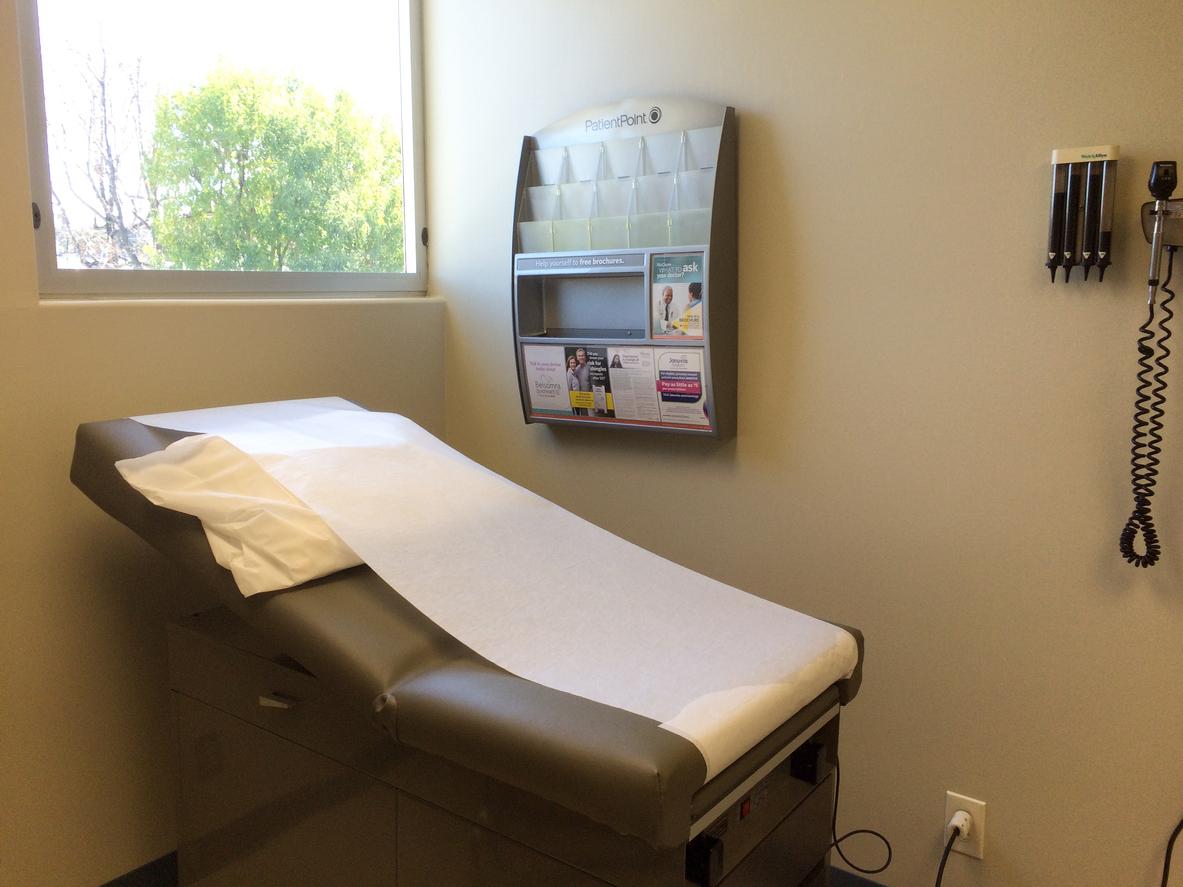A new analysis of US national data from researchers at the Mayo Clinic shows that patients from rural counties had higher death rates and trended toward higher readmission rates following COVID-19 hospitalization than those from urban counties. The difference persisted after the introduction of COVID-19 vaccines.
The study is published in Open Forum Infectious Diseases. The researchers looked at outcomes through more than 600 days of follow-up. The 9,325 patients were hospitalized from March 2020 to July 2022 for COVID-19. Follow-up continued through May 2023.
Among the patients, 31% were from 187 rural counties in 31 states, and 69% were from 234 urban counties in 44 states. The average age was 66 years for rural patients and 64 years for urban. A sensitivity analysis was carried out on data collected at 17 hospitals in Arizona, Florida, Minnesota, and Wisconsin.
"Patients from rural counties were more likely to be older, white, nonmarried (living alone), and current smokers compared to those from urban counties," the authors wrote.
Patients from rural counties were more likely to be older, white, nonmarried (living alone), and current smokers compared to those from urban counties.
22% higher all-cause death rate
A total of 1,738 deaths occurred during study follow-up (21% of rural patients; 17% of urban). Overall, the study described a mortality rate of 19% within a 3.14-year follow-up period.
Rural residence was associated with a 22% higher all-cause mortality (hazard ratio [HR] 1.22, 95% confidence interval [CI], 1.10 to 1.34), and a 6% higher readmission rate, but that finding was not considered statistically significant (HR, 1.06; 95% CI, 0.98 to 1.15).
When hospitalized, rural patients were also treated more often with COVID-specific or repurposed drugs, including remdesivir (61% vs 56%), dexamethasone (62% vs 59%), and JAK1/2 inhibitors/interleukin-6 inhibitors (17% vs 15%).
"The rural-urban difference in mortality remained consistent when analyzed by sex, marital statuses, pandemic year, admission service, and use of remdesivir and dexamethasone," the authors wrote. "The rural-urban disparity in mortality persisted in sensitivity analysis."
The authors said rural residence remained a risk even in the post-vaccination landscape, because rural patients were still older and likely to report more comorbidities for severe COVID infection.
"The striking rural-urban difference in long-term mortality after COVID-19 hospitalization underscore the necessity for further efforts to develop comprehensive, multidisciplinary approaches to reduce these disparities," the authors concluded.




















